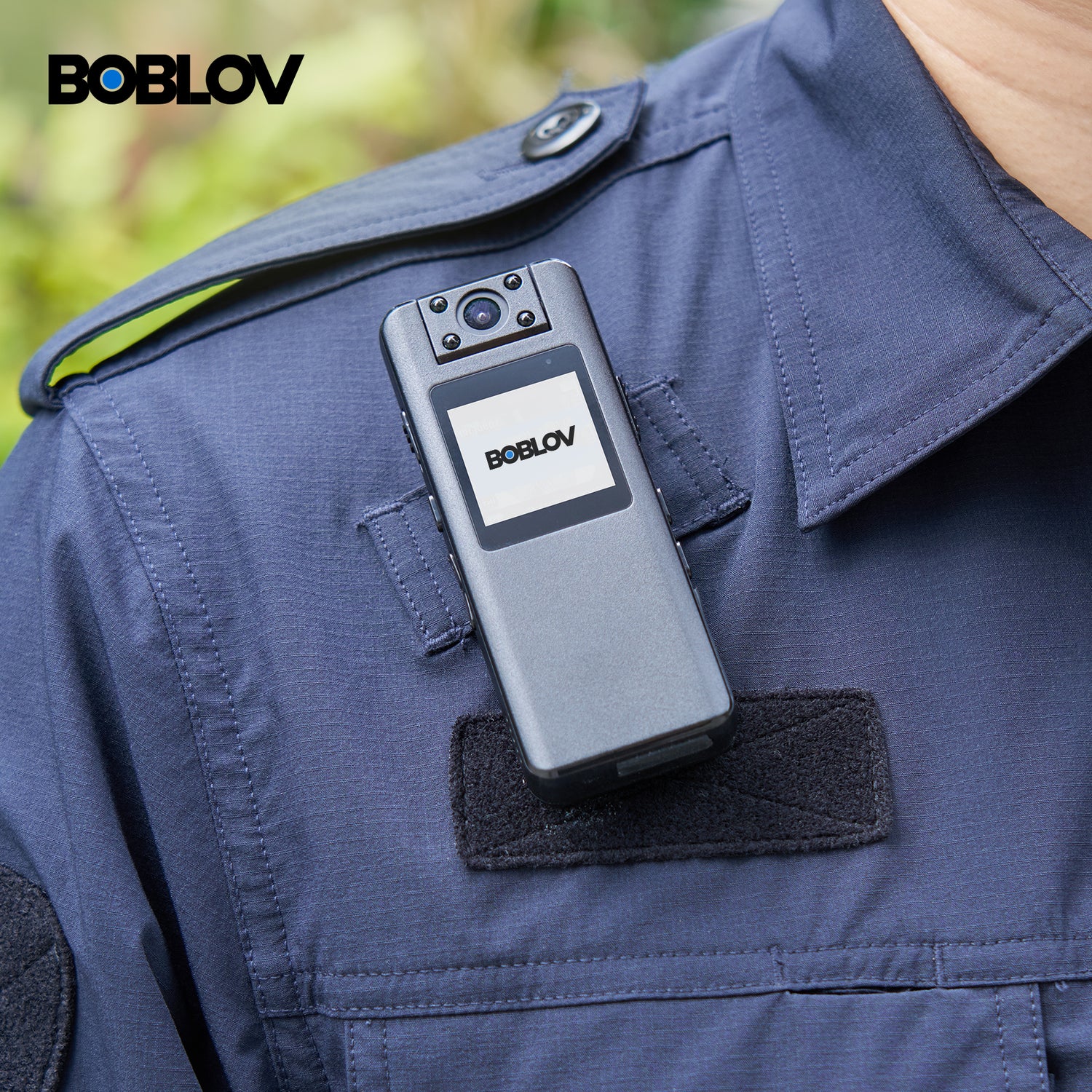The Rise of Camera on Video Technology in Law Enforcement
Understanding the Shift in Police Practices
In America, policing is changing. Body-worn cameras (BWCs) are becoming key. They capture what happens in real-time. This change is huge.

Police can no longer just give their side. BWCs provide a full picture. This helps in many ways. For the public, trust grows. It's clearer what happened. For the police, it's a tool to show their work is fair.
The shift came as people asked for more transparency. They want to see the truth. As a result, departments started using BWCs widely.
It's not just about the cameras. It's about how they're used. That affects their success. Proper policies and training are vital.
The shift in practices is just beginning. More changes will come as BWCs become common. We'll watch how policing evolves with this tech.
How Body-Worn Cameras Enhance Public Safety
Body-worn cameras by police have had a big impact on public safety in the US. They help in several ways. First, they build trust between police and communities. When police wear cameras, people feel more secure. It's clear that every action is recorded. Second, cameras lower the risk of bad behavior. Officers and civilians alike tend to act better when on camera. This leads to fewer complaints and less use of force. Lastly, video evidence from cameras can clear up disputes fast. It helps in court, proving what really happened. In short, these cameras make our streets safer for all.
The Impact of Visual Evidence in Criminal Investigations
Visual evidence has revolutionized criminal investigations in the US. Body-worn cameras capture real-time data that bolster legal cases. This footage can clarify events, helping jury and judge decisions. It aids in resolving complaints against officers, boosting trust. Cameras also deter evidence tampering - a crucial benefit for justice. The video data can be a key tool for prosecutors to piece together what happened at a crime scene.
Empowering Officers: The Advantages of Body-Worn Cameras
Enhancing Accountability and Transparency
Body-worn cameras are pivotal in policing reforms. They offer a clear record of police actions. This instills greater confidence in law enforcement among the public. Body cameras ensure officers are accountable for their conduct on duty. Recorded footage can be vital in investigations and trials. It provides unbiased evidence that can clear false accusations. In turn, this improves trust and builds bridges with the community. Overall, transparency via body cameras is reshaping how officers serve and protect.
Deterrent Effect: Reducing Crime and Improving Behavior
The introduction of body-worn cameras has revolutionized police work, deterring crime and fostering better public interactions. By wearing cameras, officers tend to observe protocols more stringently, knowing their actions are recorded. This 'observer effect' benefits everyone involved, leading to a decrease in complaints against officers and incidents involving force. With these cameras, both officers and civilians are more likely to behave lawfully and respectfully, improving overall behavior and contributing to crime reduction.
Strategic Use of Cameras for Training and Evaluation
Body-worn cameras (BWCs) aren't just for recording incidents. They are vital training tools. With video footage, officers can review their actions and improve skills. This leads to better policing methods. Departments can also use videos to evaluate performance. By replaying real scenarios, shortcomings are addressed. Revisiting footage refines tactics and decision-making. Regular reviews promote continuous learning among officers. The goal is peak performance on duty.
Overcoming Challenges: Best Practices in Deploying Camera on Video
Integration with Existing Law Enforcement Technology
Integrating body-worn cameras into law enforcement requires careful planning. Cameras must work well with existing tech. Systems like databases and dashboards need to sync with new cameras. This can mean updating older platforms or installing new software. Ensuring cameras communicate with control rooms is also critical. This allows real-time sharing of video, which is vital for officer safety and situational awareness. A step-by-step approach, with training, will ensure smooth integration.
Addressing Privacy Concerns and Best Practices
Incorporating body-worn cameras in policing involves privacy issues. These cameras record personal data, stirring debates on citizens' rights. To balance this, police departments must follow best practices. Firstly, clear policies on camera use and data access are crucial. These should state when officers can record and who sees the footage. Second, respecting recorded individuals' privacy is a must. Blurring faces in public releases can help. Third, secure storage for footage is needed, preventing unauthorized access. Lastly, informing the public about camera usage boosts trust. Officers should tell people they're being recorded. With these steps, we protect privacy while improving policing.
Ensuring Compliance with Legal and Regulatory Frameworks
To fully benefit from body-worn cameras, police must follow the law. The cameras must meet privacy laws and any local rules. Officers should get training on these laws. This ensures that they use the cameras right. Police departments should work with legal experts. They can make sure that the camera policies are up to date. Regular checks can help to see if the policies are working well. This will build trust between the police and the public. Making sure legal frameworks are followed is key for camera use.




